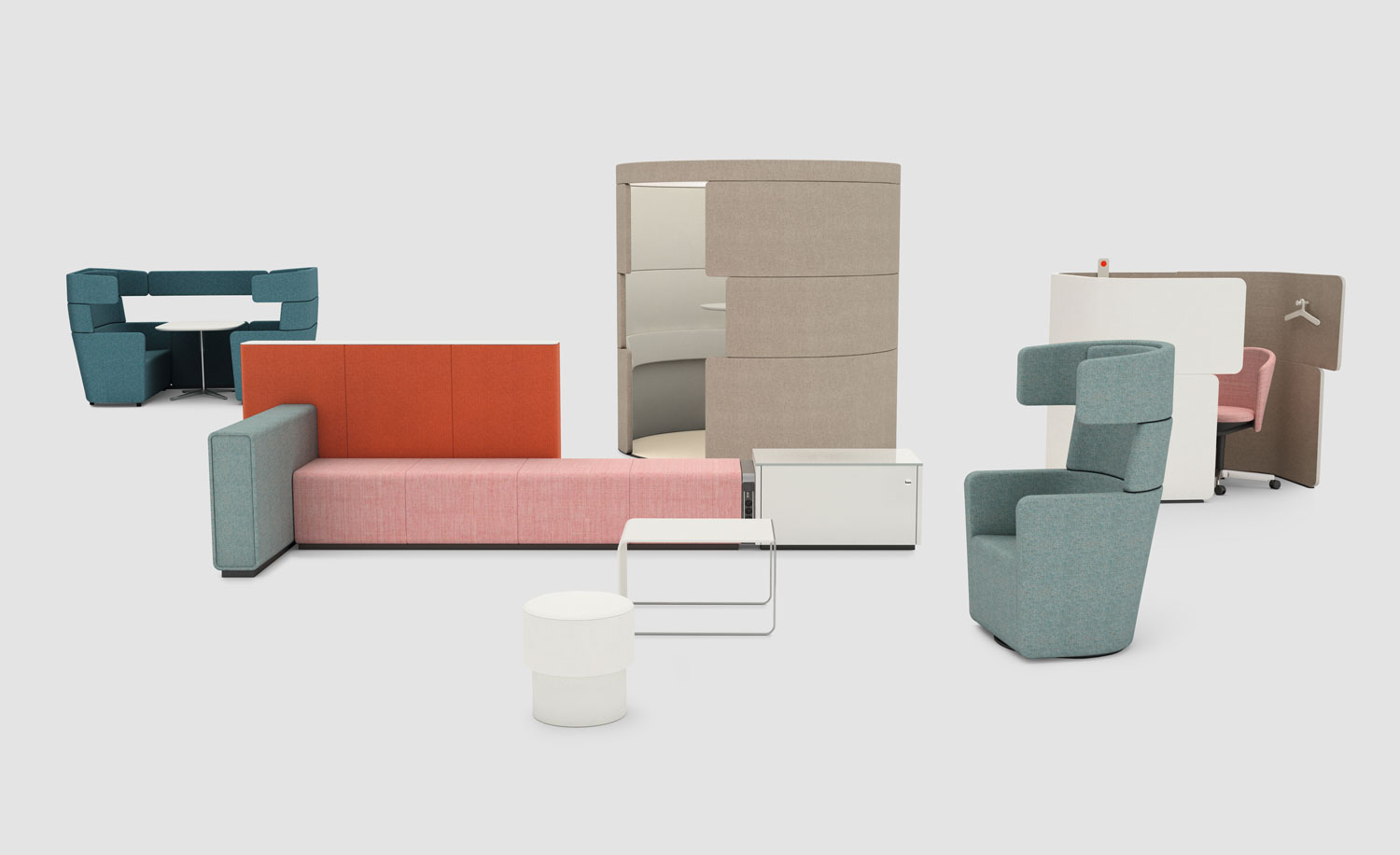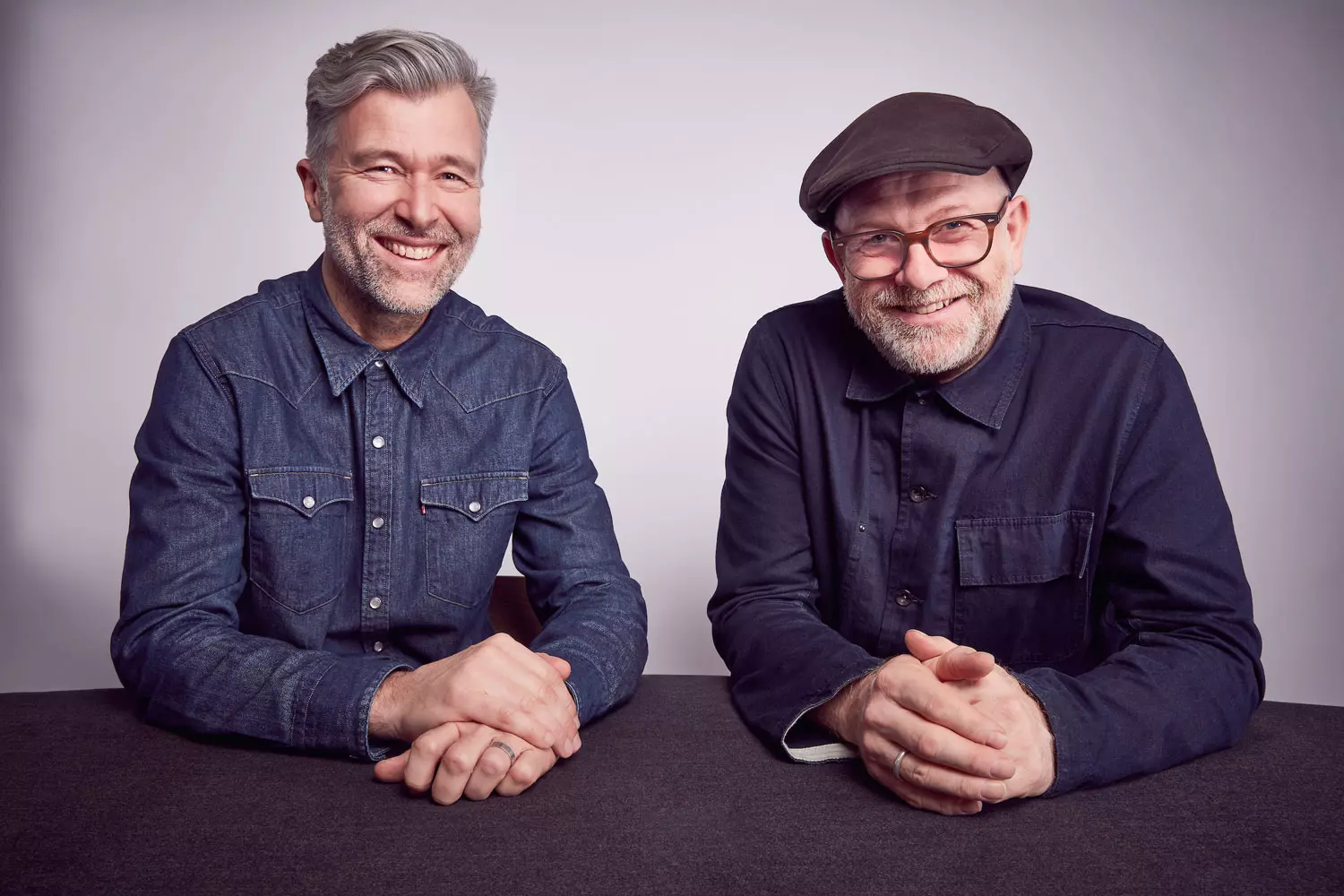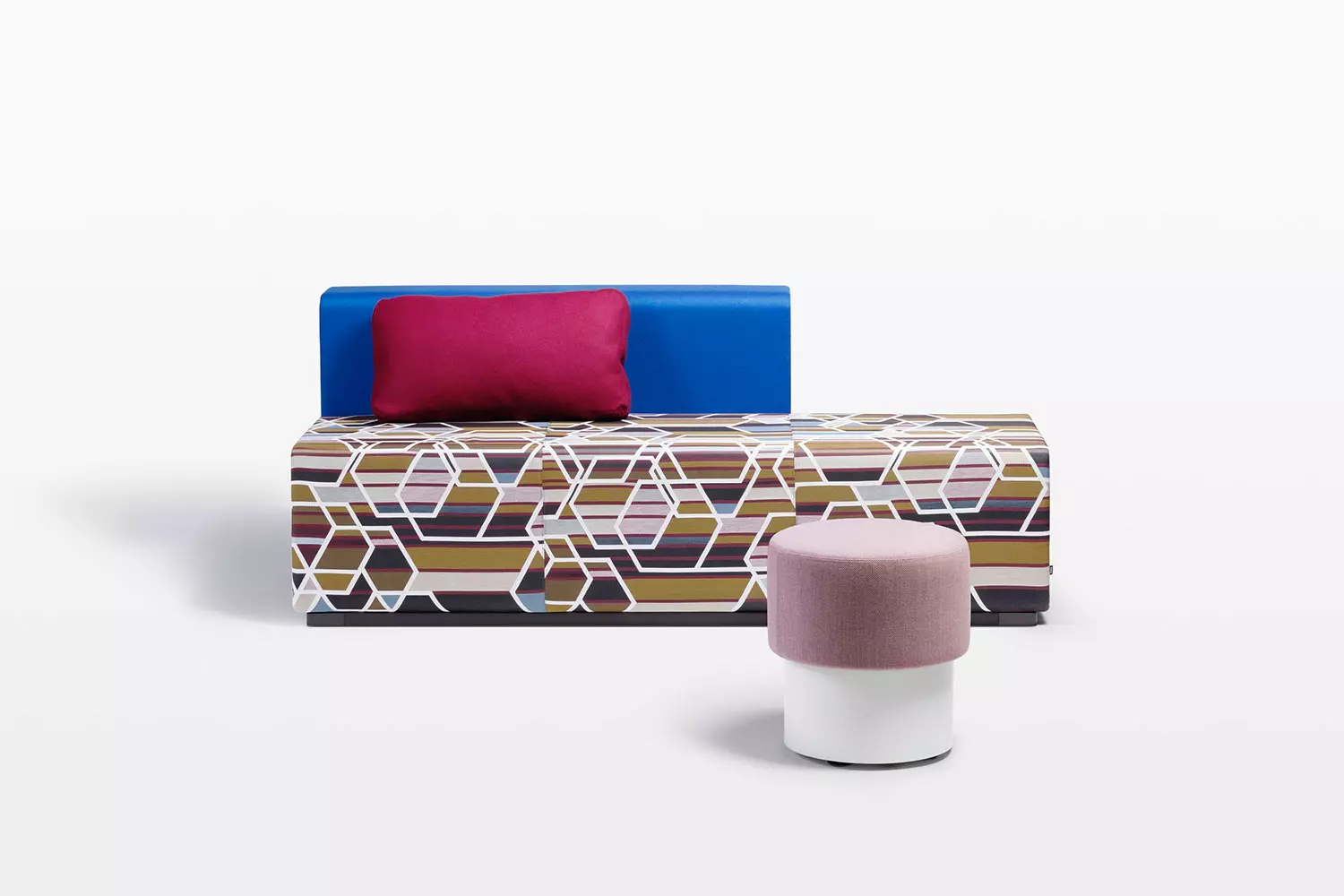10 years PARCS
Oxygen for the office
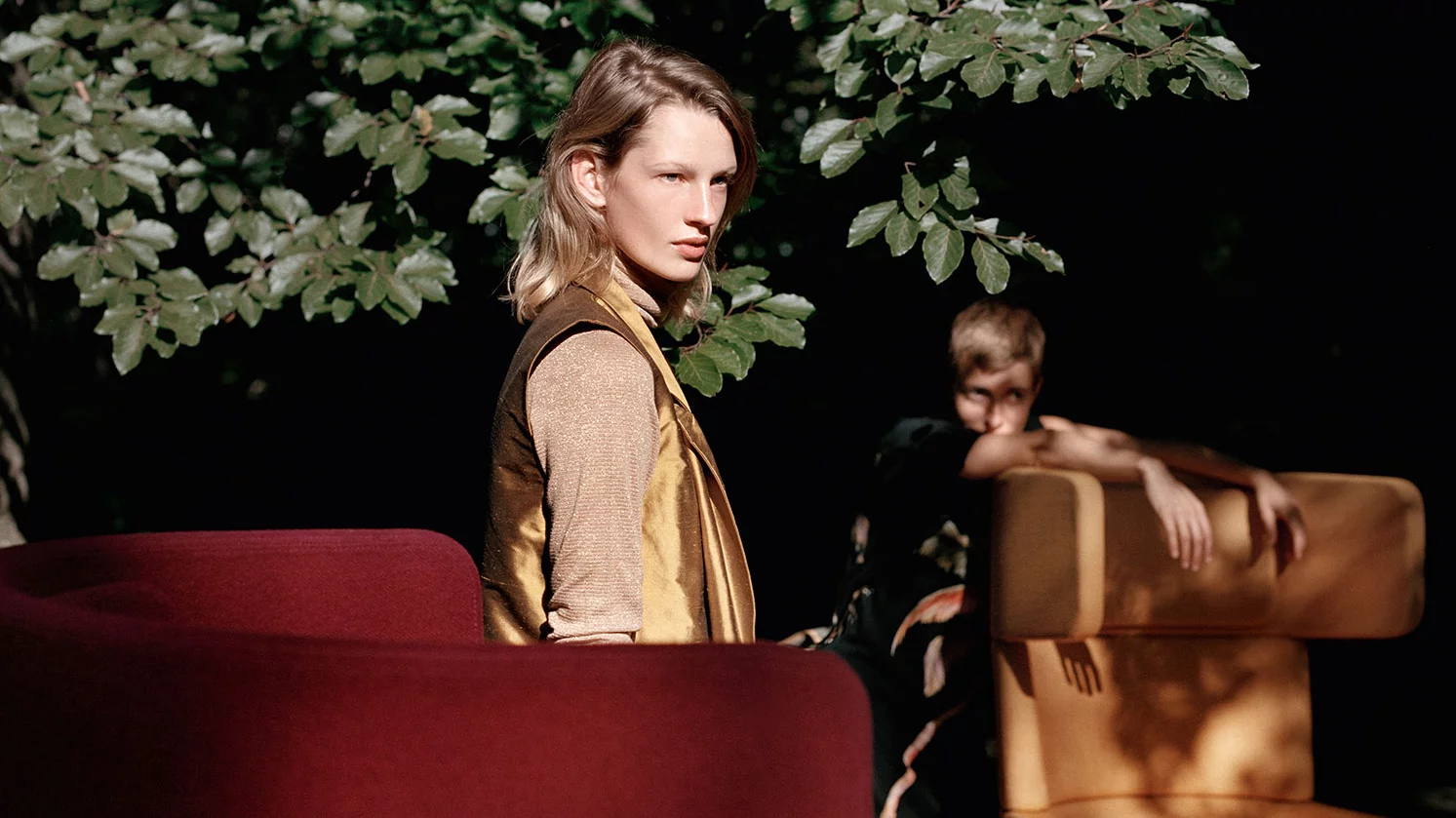

Oxygen for the office
In 2009 a new kind of furniture was launched: PARCS inspired unconventional office layouts, breaking out from established formats and routines. Jointly developed by the London design duo PearsonLloyd, it defined a new style of office interaction – informal, inspirational and communicative. We celebrate 10 years of PARCS and revisit the background to this success story.
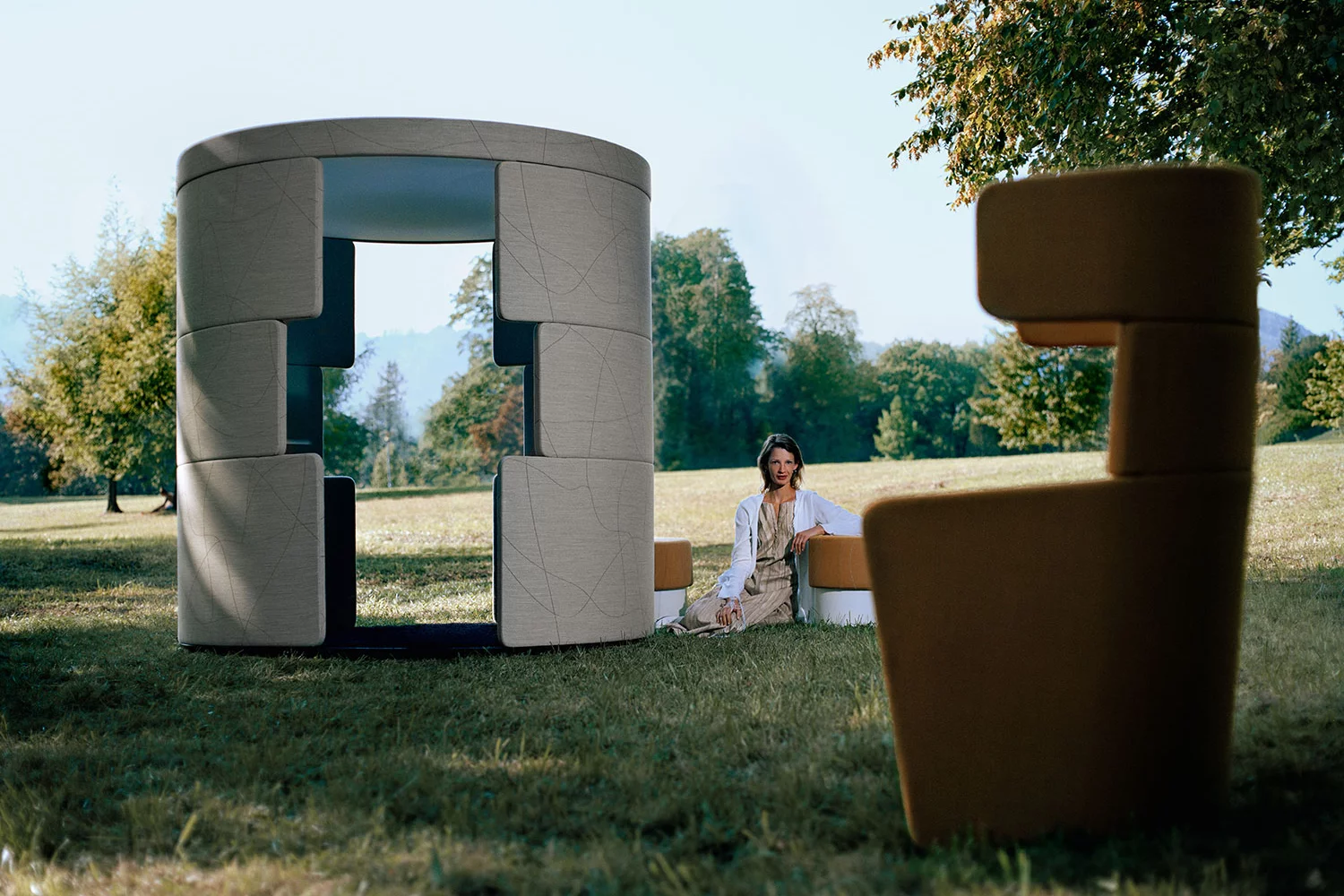
Urban-style encounters in the office
What started out as a concept for “new ways of working” has developed over the last 10 years into a successful product range. Going beyond this, however, PARCS has influenced a new style of interaction in the office, and with it the entire working environment. Rather like a park in a big city, PARCS creates collective zones between workstations in the office, linking and inviting employees to get together. These areas make a significant difference to the quality of everyday life and interaction, giving people a chance to exchange ideas and work together. The analogy of the urban landscape is making office layouts more open and versatile.
The designers drew inspiration from a rock formation in Northern Ireland, and a tribal meeting place in Mali. PARCS bears the unmistakable hallmark of Luke Pearson and Tom Lloyd, who have cleverly integrated organic forms into every element of the product range. In this way the form defines the function.
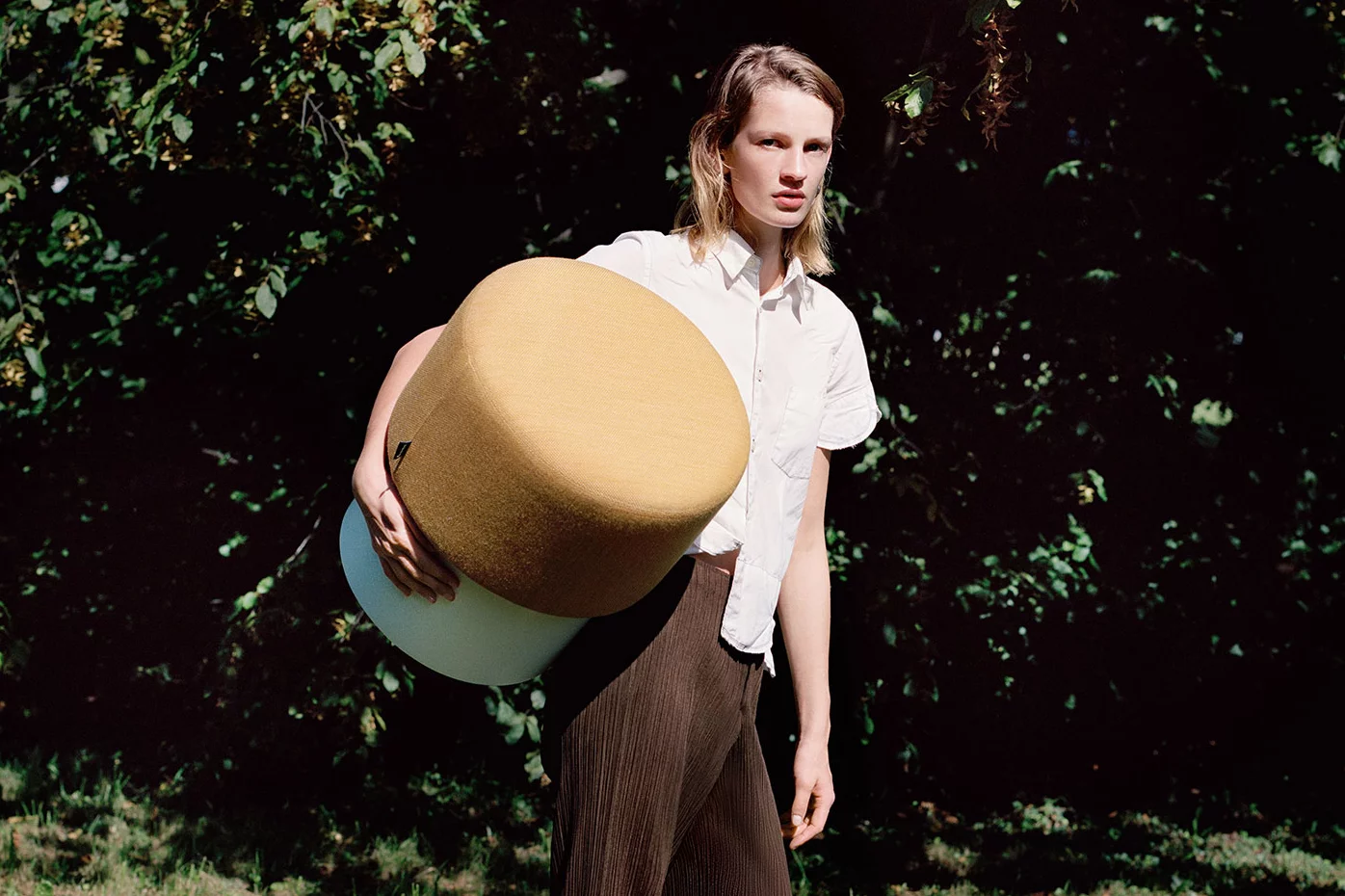
When we were developing PARCS, the challenge was to distance ourselves from the idea that people can only be productive if they’re sitting at a desk.
Tom Lloyd
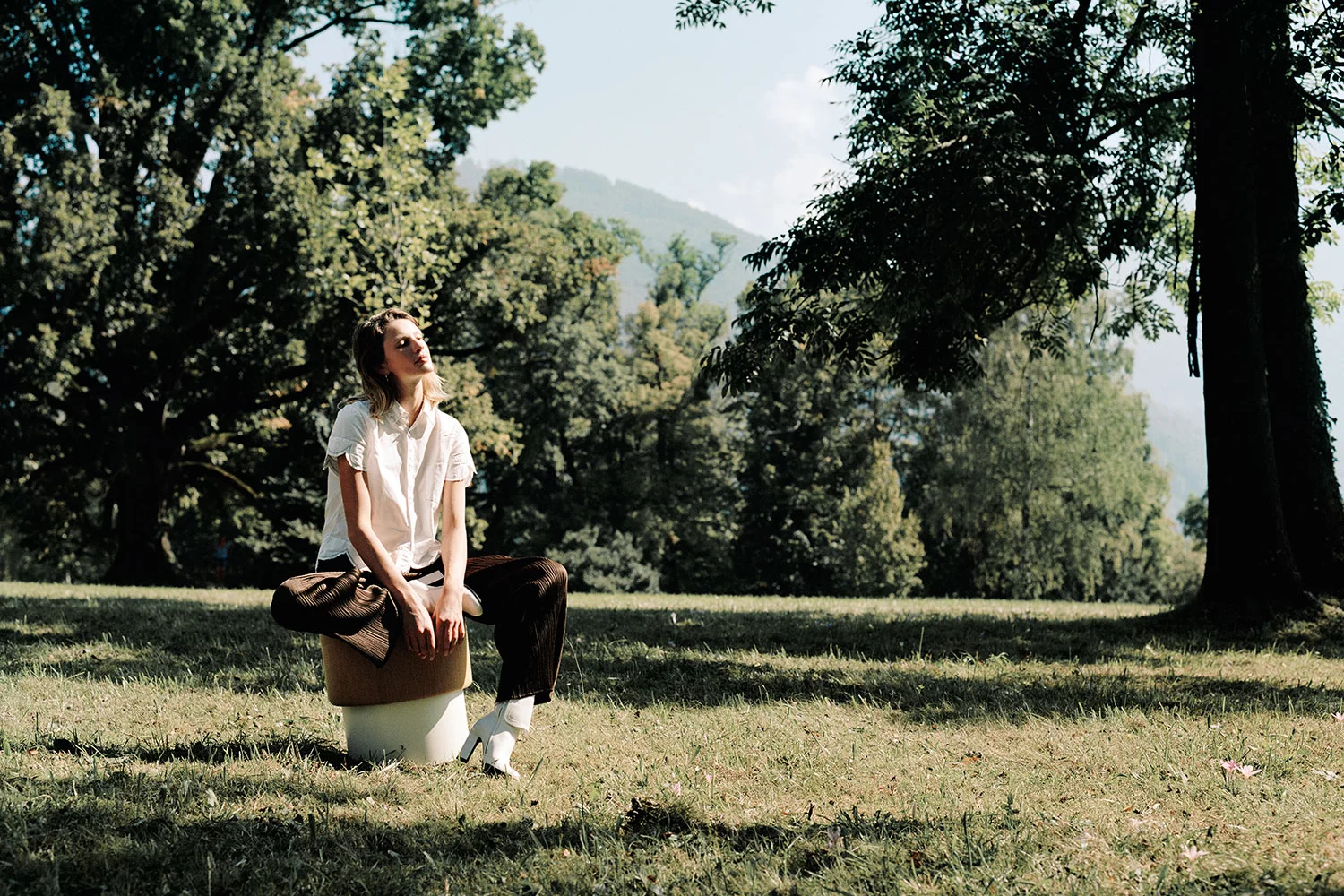
INSPIRATION MEETS OPEN SPACE
This is how the industrial model of an efficient office is evolving into a social model, where new developments result from constant interaction. Employees today spend less time working at their own separate desks. More compact workstations allow more space for collaborative zones. This means you can choose the right setting to suit the requirements of the moment – a space for communication or to withdraw for individual focused work. PARCS creates open space for collaborative work and inspirational interactions.
Another significant change results from the integration of communal zones: office furnishings are becoming more colourful, with softer materials. The sombre cell-like offices of the 1980s and open-plan offices of the nineties, dominated by beige surfaces and beech finishes, now belong in the past. PARCS breaks up the severity of traditional office environments and creates lively, fresh office landscapes. Spaces are defined by form and colour, creating surroundings that promote inspiration, interaction and personal development.
In today’s office, collaborative zones are at least as important as the actual workstations. Communication is the oxygen of the modern working environment and vital to the success of a company.

DESIGN LINE
PARCS
